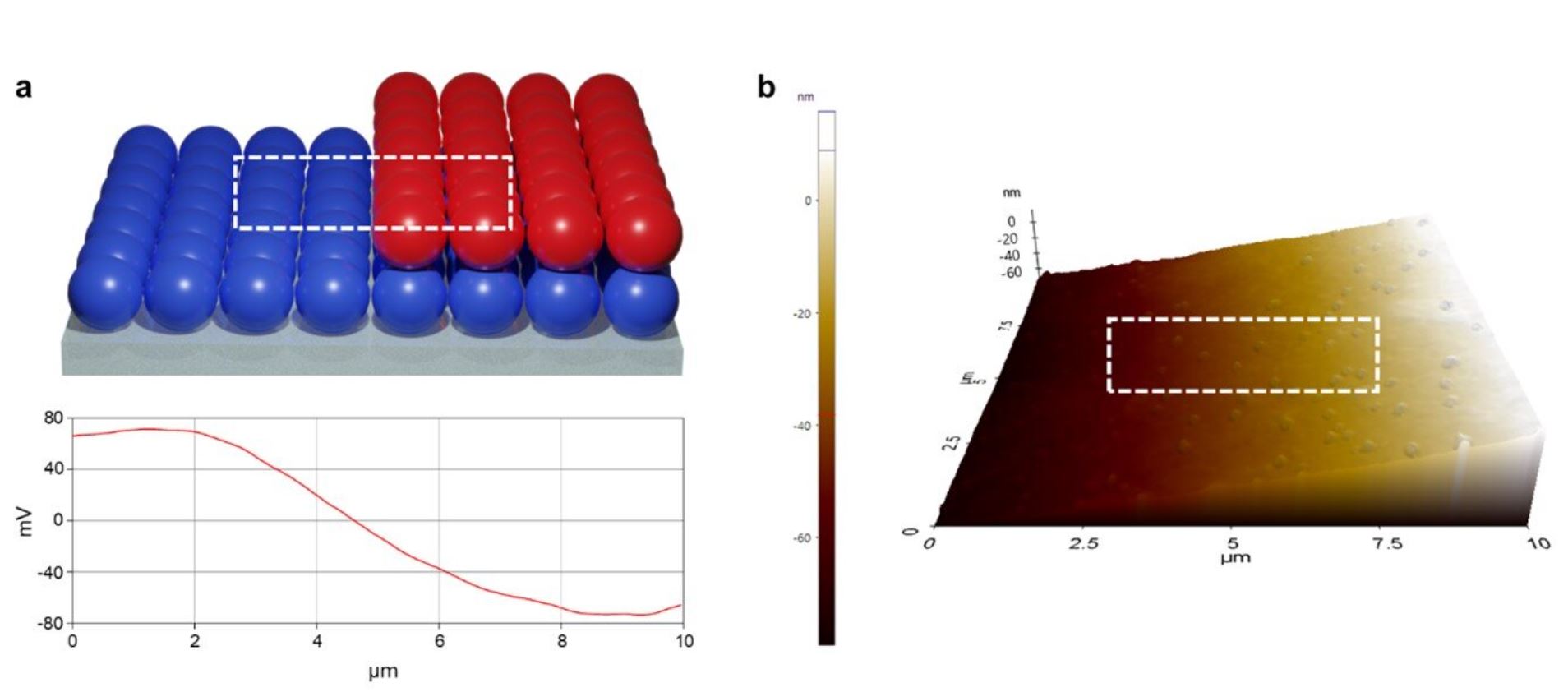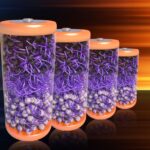 Hey there! If you’re interested in solar technology, there’s some exciting news you should hear about. Researchers have made a breakthrough by boosting the efficiency of eco-friendly solar cells by 8.26%. This improvement is a big step forward in making next-generation solar technology more accessible and practical for everyday use.
Hey there! If you’re interested in solar technology, there’s some exciting news you should hear about. Researchers have made a breakthrough by boosting the efficiency of eco-friendly solar cells by 8.26%. This improvement is a big step forward in making next-generation solar technology more accessible and practical for everyday use.
Published in the journal Advanced Energy Materials, the study shines a light on the innovative use of silver bismuth sulfide (AgBiS2) nanocrystals. These offer a non-toxic alternative to the more traditional solar cells that rely on harmful metals like lead and cadmium. It’s a win-win for both efficiency and the environment.
Now, you might wonder, what’s been the catch with silver bismuth sulfide? The main challenge has been its efficiency dropping when the material gets too thick. But the research team tackled this head-on. They developed a thin film with a mixed structure that enhances electrical flow. Through chemical treatments, they gave the nanocrystals both donor and acceptor properties in a single layer, optimizing electricity movement even in a 65 nm light-absorbing layer. This is double the conventional thickness, yet it maintains performance beautifully.
Prof. Choi Jong-min from DGIST’s Department of Energy Science and Engineering explained it well, saying, “This research has greatly increased the charge diffusion length by allowing the donor and acceptor to coexist in the same layer of the AgBiS2 solar cell, thus maintaining performance even in thicker layers.” It’s a clever solution that could have wide-reaching applications in high-efficiency solar cells.
This pioneering work is a collaborative effort between DGIST and UNIST, with students Kim Hae-jung, Park Jin-young, and Choi Ye-jin leading the charge under the guidance of Profs. Choi Jong-min and Kwon Oh-hoon. It’s a great example of teamwork driving innovation forward.








